Author(s): İsmail Altun / Language(s): Turkish
Issue: 1/2018
According to the consencus of Muslim world, al-Aqsā Mosque is located in the land of al-Quds (Jerusalem). In this matter, especially the old Sunnite sources are in agreement with each other. However, there are recently some different views regarding the location of al-Aqsā Mosque. It has been argued that al-Aqsā Mosque most likley was built in a location differnet from Jerusalem. One of the defenders of this opinion is Muhammad Hamīdullah, who is a prominent scholar of Islamic studies and considered to be a reliable authority among contemporary Islāmic historians. He claims that al-Aqsā Mosque, which was also mentioned in the Qur’ān, cannot be the Mosque that is present in Jerusalem. Rather, it must be searched in heavens. If this claim is accepted, then numerous reports informing that the mosque is located in Jerusalem and many interpretations based on these reports, will become problematic and controversial. Therefore, it is necessary to examine those claims and the relevant evidence in detail. Following this pueporse, we aim to examine and evaluate those views with a critical approach in this study. In this regard, we will argue that the comments and approaches that have been argued so far, are not consistent. Rather, relevant claims do not rely on strong evidence but only unsatisfactory interpretations.Summary: Muhammad Hamīdullah who is a prominent researcher and well-known for his studies on History of Islām, has individual opinions on some issues, different from classical scholars of Ahlu’s-Sunnah (branch of Islām that accepts the first four caliphs as rightful successors to Muhammad). One of his distinctive views is the original place of Masjid al-Aqsā (al-Aqsā Mosque). He claims that al-Aqsā Mosque was likely located, not in al-Quds (Jerusalem), but in heavens. In this article, our purpose is to examine this matter by evaluating his arguments regarding the place of al-Aqsā Mosque. Hamīdullah’s argument is based on several reasons which are as follows:Miʻrāc (The Ascension) is a journey from the earth to beyond the heavens. According to Hamīdullah, it is illogical to say that, in relation to such a magnificient occurrence, the Holy Qur’ān only mentions the journey from Mecca to Bayt al-Maqdis/al-Quds.Hamīdullah maintains that the expression “al-Masjid al-Aqsā” in the first verse of Sūrah al-Isrā means “the remotest Mosque.” However, the Palestinian lands are described as “Adna’l-Arḍ/Nearest Country” in the third verse of Sūrah ar-Rūm. Thus, “the remotest Mosque” should not be “the nearest country”; rather it should be a Mosque in heavens.He also argues that in some Hadith texts, the mosque in question is mentioned as “Masjid al-Aqsā”, but there is a grammatical difference between the phrases of “al-Masjid al-Aqsā” and “Masjid al-Aqsā”, which means that the mosque mentioned as “al-Masjid al-Aqsā” in the Qur’ānic verse does not have a connection with al-Quds (Jerusalem). In his opinion, the expression of “Masjid al-Aqsā” which appears in some Hadith texts is in the form of a noun clause, while the quranic expression “al-Masjid al-Aqsā” is in the form of an adjective clause. Accordingly, “Masjid al-Aqsā” and “al-Masjid al-Aqsā” refer to different places. The noun clause -as in the Hadith texts- of “Masjid al-Aqsā” must be in al-Quds, whereas the Qur’ānic expression in the form of an adjective clause of “al-Masjid al-Aqsā” must be a mosque in the heavens.According to his other claim, Abu’l-Yemān, the teacher of the teacher of Bukhārī, when narrating the hadith about mosques, he mentions this mosque, not as “al-Masjid al-Aqsā”, but as Īliyā’. That is, according to him, early sources of hadith do not mention the phrase of “al-Masjid al-Aqsā”, but instead, the phrase of Īliyā’ was used. Hamīdullah also states “... while narrating this hadith, Muslim does not use the phrases “Masjid al-Aqsā” or “al-Masjid al-Aqsā.” Instead, he uses the phrase Īliyā’.”He also states that the term al-masjid (the mosque) which appears in the seventh verse of Sūrah al-Isrā, was used to refer to that Īliyā’, not to refer to “al-Masjid al-Aqsā”. Likewise, the Umayyad Caliph Abdulmelik (26-86 h.c./646-705 g.c.) built the Dome of the Rock (Masjid al-Saḥra) in al-Quds and named it “Masjid al-Aqsā”. This name became so widespread at the times of Imam al-Bukhārī (194-256 h.c./810/870 g.c.) so that the old name Īliyā’ had been totally forgotten. Because of this reason, some hadith narrators were using this more common name “Masjid al-Aqsā” to express and describe this forgotten name.When we critically evaluate the information and approaches explained above, we come to the conclusion that they are not consistent. First of all, the claim that Masjid al-Aqsā is in the heavens, is in disagreement with the Qur’ānic verses implying that “Masjid al-Aqsā” is in al-Quds, and with many authentic hadith texts that indicate its existence on those lands. Also, the sources of Qur’ānic interpretations (exegeses) and historical narrations refute this claim. On the other hand, there is no Qur’ānic verse or tradition (hadith) that state that Masjid al-Aqsā is in the heavens.We argue that Hamīdullah’s claim “...It is illogical to say that, in relation to such a magnificient occurrence, the Holy Qur’ān only mentions the journey from Mecca to al-Aqsā Mosque in al-Quds” is not very appropriate. Because, it is beyond the human judgment to decide which part of this magnificient journey is more important or which part of it should take place in the Holy Qur’ān. Only Allah has the authority to decide for this. Moreover, we should remember that-as mentioned in the conveyed knowledge- the incident mentioned in the first verse of Sūrah al-Isrā is merely the magnificient journey from Mecca to Masjid al-Aqsā, which was clearly stated in the authentic hadith sources. As for the third verse of Sūrah al-Rūm, it is not correct to claim that Masjid al-Aqsā is not in al-Quds but in the heavens, by reading the text of the verse. Because, the phrase al-arḍ (the earth) has several meanings. Moreover, the phrase al-aqsā (the remotest) in the first verse of Sūrah al-Isrā, refers to distance between the two mosques, not between two countries.In some hadith texts, Masjid al-Aqsā was mentioned as “al-Masjid al-Aqsā” in the form of a noun clause, but this does not require that the masjid in question should be in the heavens. Because, many hadith texts mention it in the form of an adjective clause. Besides, some hadith texts mention Masjid al-Harām (Great Mosque of Mecca) in the form of a noun clause (Masjid al-Harām), not in the form of an adjective clause (al-Masjid al-Harām). If we consider Hamīdullah’s claim, we should look for the Masjid al-Harām in the heavens, but not on earth. So far, neither he nor anybody else made such a claim.Hamīdullah argues that Abu’l Yemān mentioned this mosque as Īliyā’, but not as al-Masjid al-Aqsā, and claimed that early religious sources do not use the term al-Masjid al-Aqsā. However, this is not a sound argument. Because, the authorities of hadith and history, who lived both before Abu’l Yemān and also at the same era, used the term “al-Masjid al-Aqsā” in their works and narrated that this term refers to al-Quds or Bayt al-Maqdis (Masjid al-Aqsā). Moreover, Hamīdullah’s claim that Muslim (a senior hadith scholar) did not use the terms “al-Masjid al-Aqsā” or “Masjid al-Aqsā” but instead he used the name “Īliyā’” is incorrect. Because, while narrating this hadith, the hadith scholar (Muslim) used all three names. As for the term “al-Masjid (the Mosque)” mentioned in Q 17.7, it is a groundless comment to claim that it does not refer to “al-Masjid al-Aqsā” in Q 17.1. Because the context of the verses and grammatical rules of Arabic language explicitly prove that the mosque mentioned in the seventh verse refers to “al-Masjid al-Aqsā” which is also mentioned in the first verse.His claim that “the Umayyads named the temple that they built in Jerusalem as “Masjid al-Aqsā” and following the era of Umayyads, in the period of Bukhārī, this naming became widespread” is highly vulnerable and disputable. Because in those times, the temple used to be named as “al-Masjid al-Jami (the Gathering Mosque)”, not as “al-Masjid al-Aqsā”. Nearly three centuries after the Umayyads reign, the naming of the said temple was first introduced to be as “al-Masjid al-Aqsā”. As for the expression of “al-Masjid al-Aqsā” appearing in the early sources of hadith, it was not used for the mosque built by the Umayyads, but was used to mean the entire haram (sacred, respected) region taking place in the south east corner of Jerusalem. In the light of arguments and explanations critically analysed above, we are in a position to argue that Muhammad Hamīdullah’s argument that “Masjid al-Aqsā is in the heavens”, does not rely on sound evidence, but rather, they are only some unsatisfactory interpretations.
More...
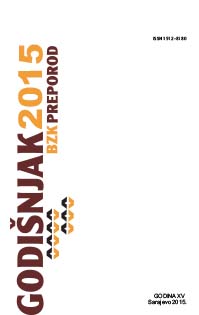

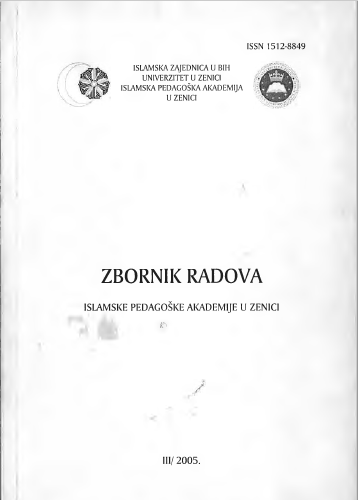
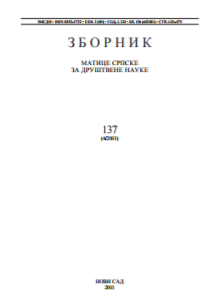
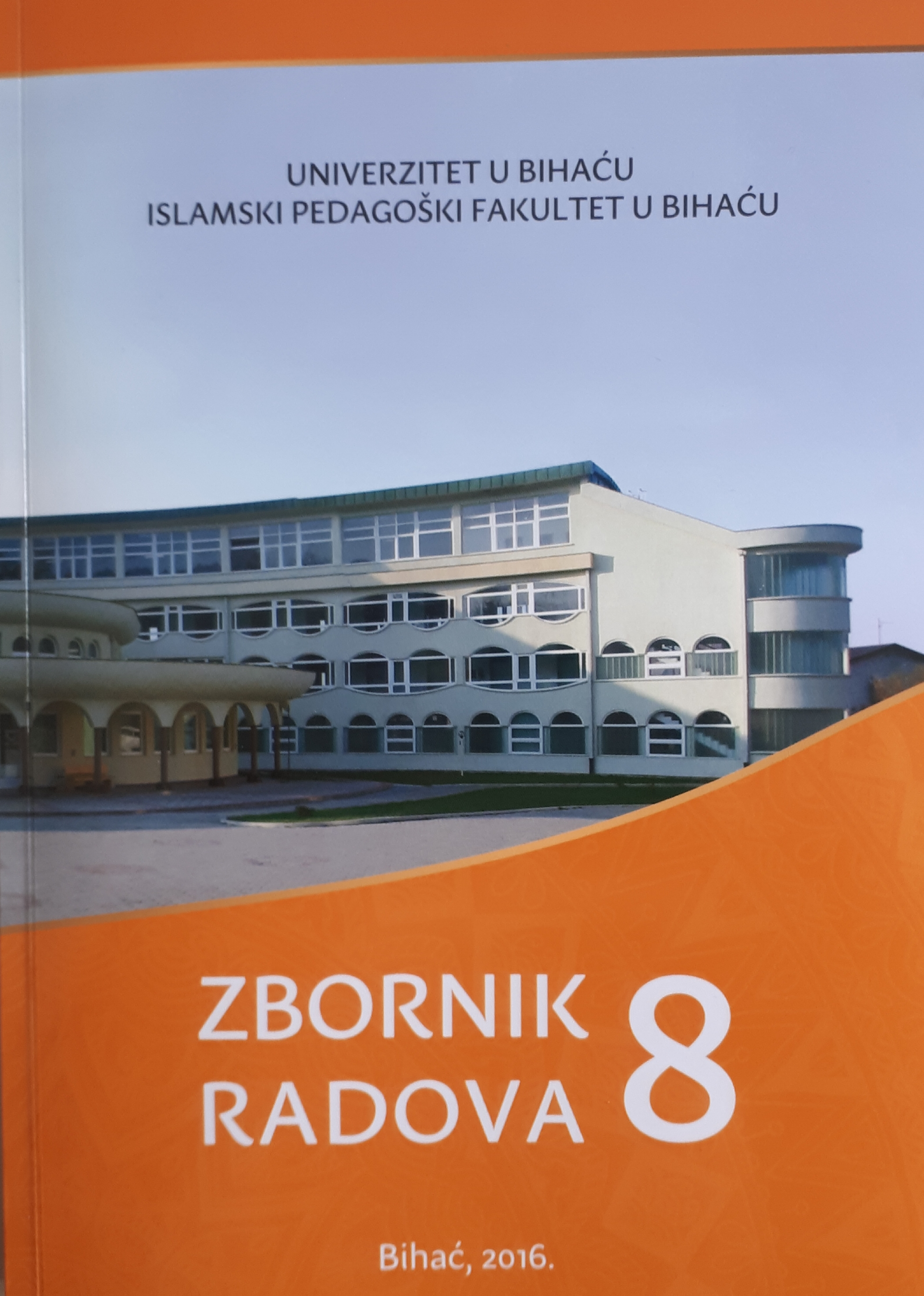
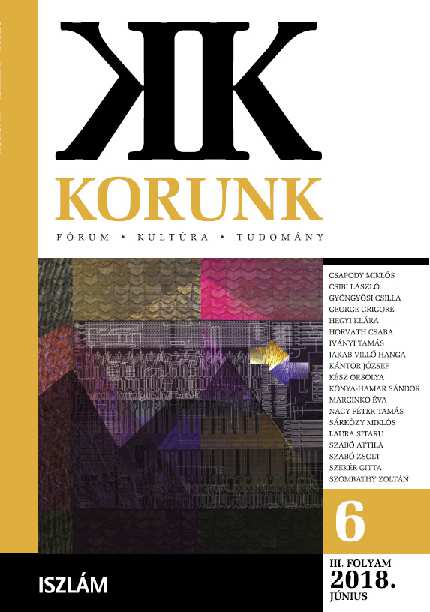
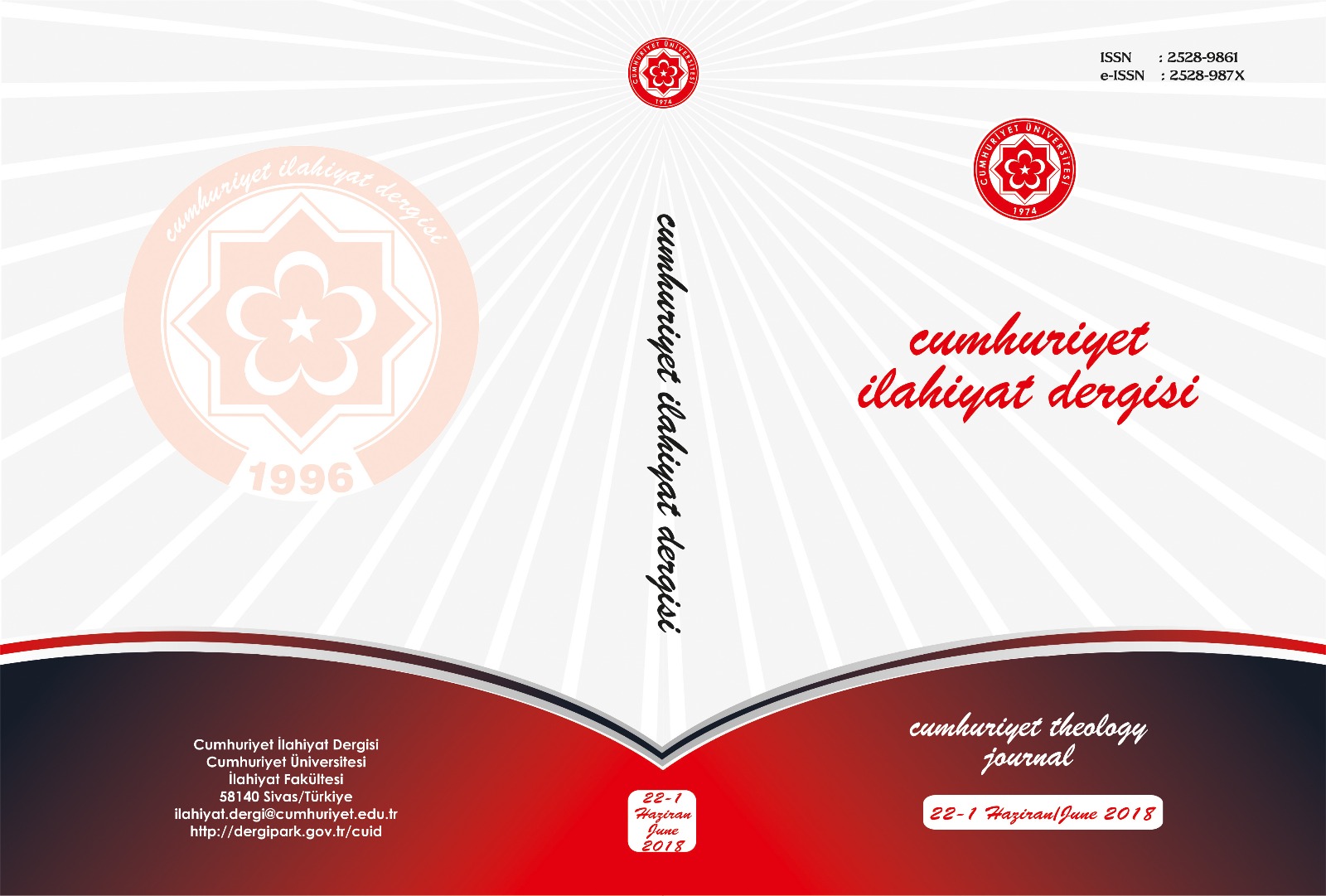
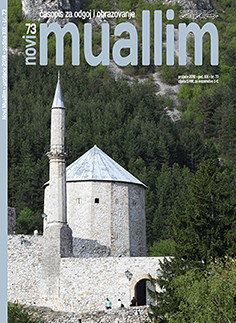
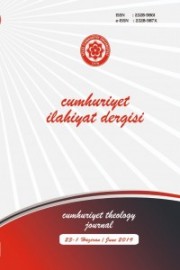
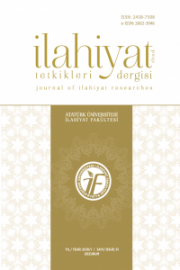
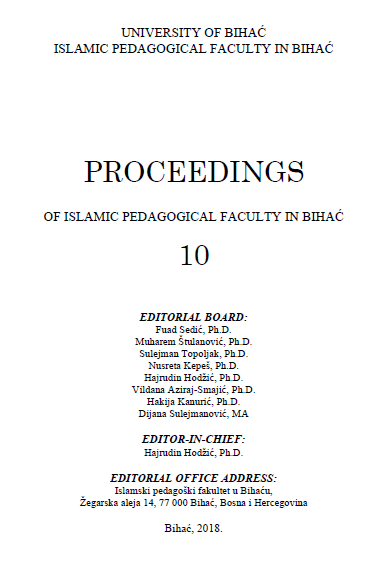
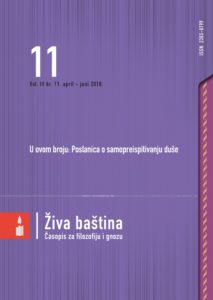
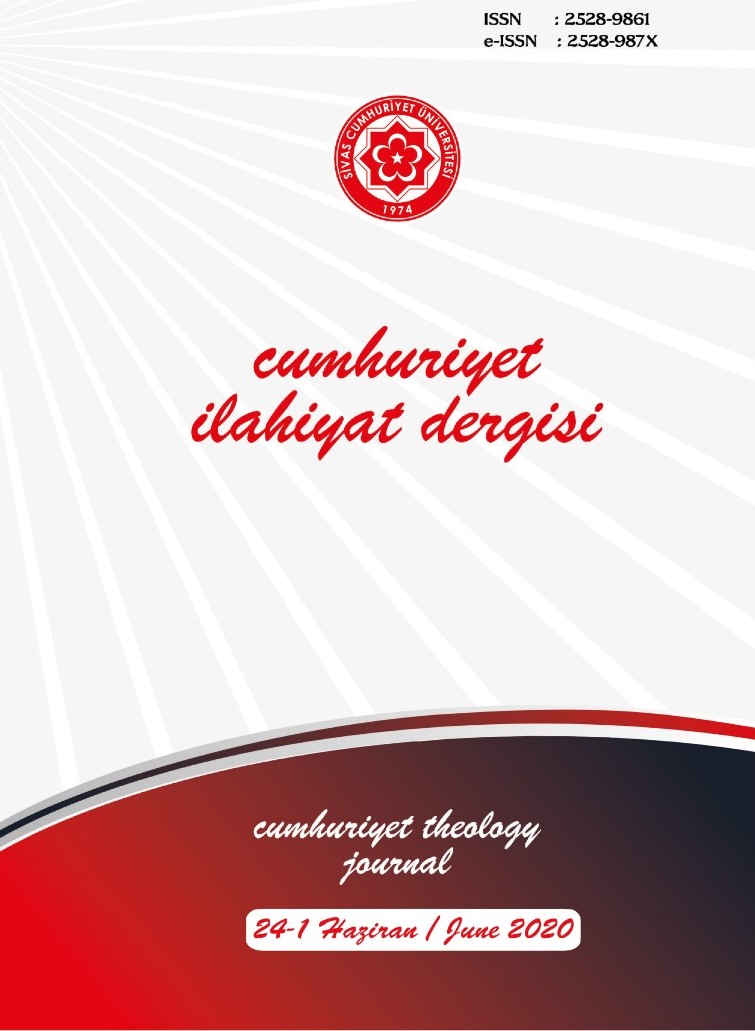
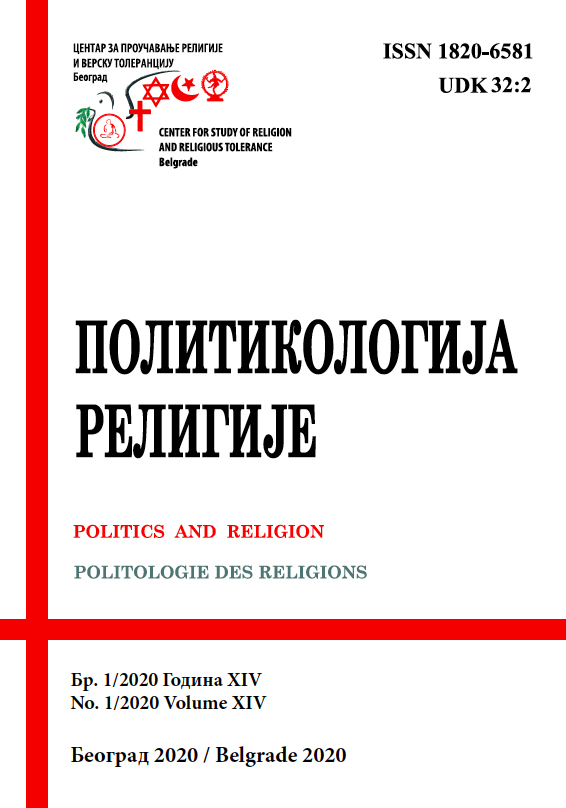
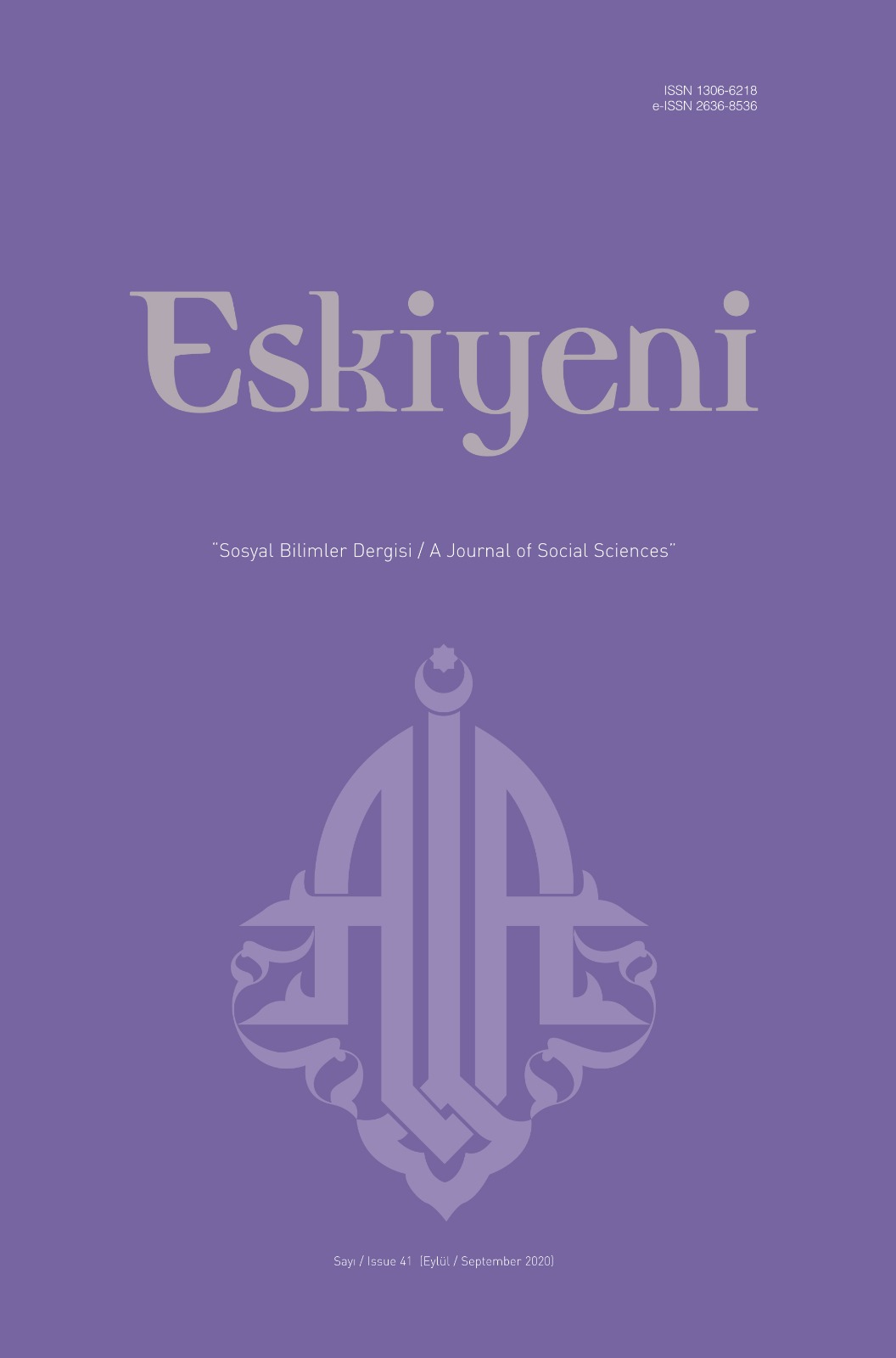
![А.К. Бустанов [Bustanov A.K.] 2019. Библиотека Зайнап Максудовой / Зәйнәп Максудова китапханәсе](/api/image/getissuecoverimage?id=picture_2020_57329.jpg)